Picture this: supercontinents are slowly breaking apart, and from these fissures spill forth “fountains of diamonds.” Sounds like something out of a sci-fi movie, right?
Believe it or not, it’s a real, mind-boggling phenomenon that scientists are exploring. Let’s dive into the fascinating world of geology and diamonds, and explore the origins of this strange natural marvel.
The Movement of Tectonic Plates

To grasp this completely, we have to take a closer look at how the Earth’s lithospheric plates operate. Over millions of years, these colossal puzzle pieces shift and slide, molding the Earth’s surface.
Sometimes, these plates come together to form supercontinents, only to eventually break apart due to the relentless forces acting beneath the Earth’s surface. For example, in the past, continents fit together and formed Pangea. In the future, due to the movement of tectonic plates, the continents may come together once more and form “Neopangea.”
When Supercontinents Break Apart
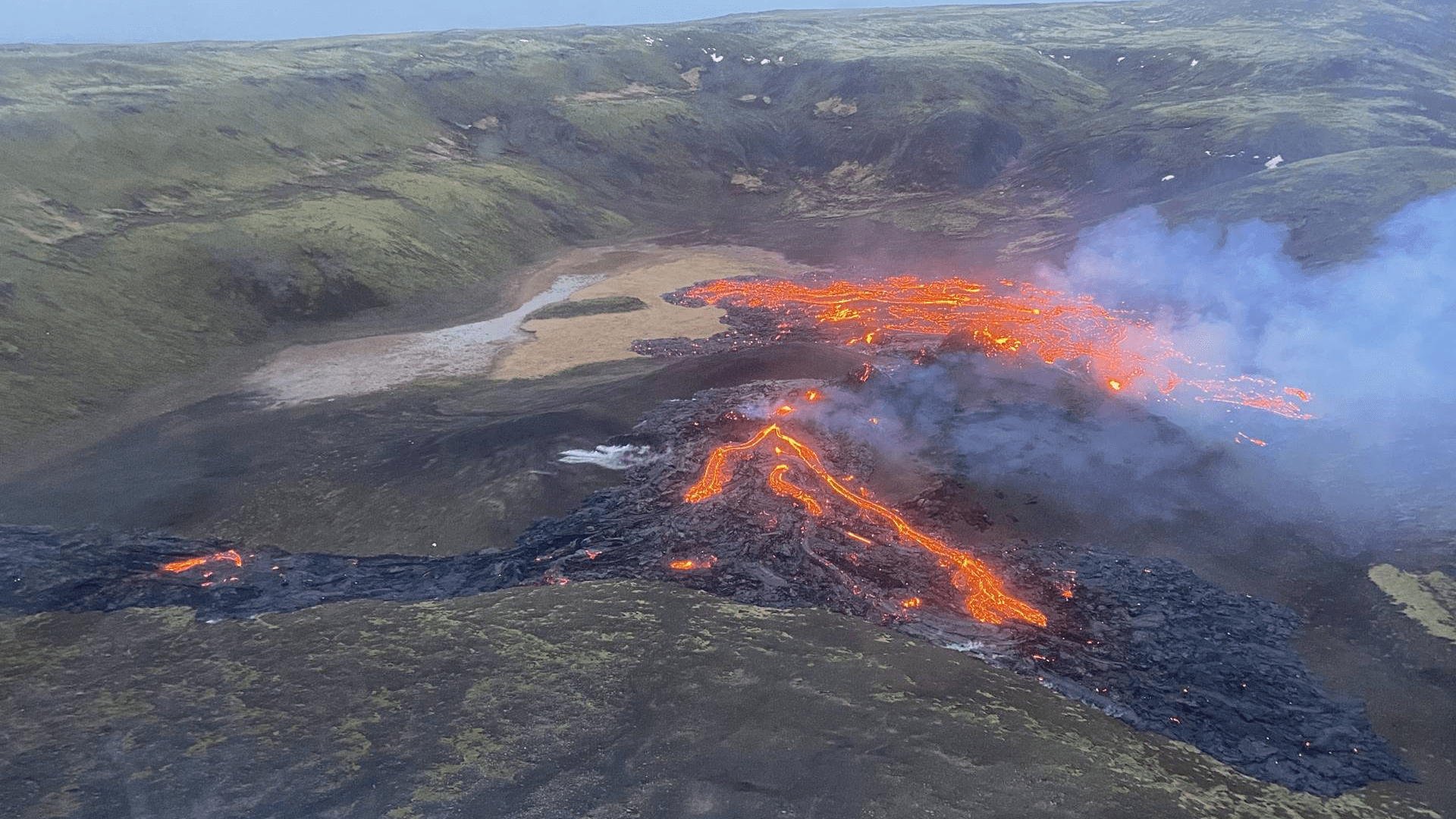
When a supercontinent breaks apart, it’s not just due to seismic shifts. This is one of the ultimate geological spectacles.
The continental crust profoundly transforms, and it’s in these moments that extraordinary events might take place, like the release of diamonds.
Diamonds: Earth’s Subterranean Treasures
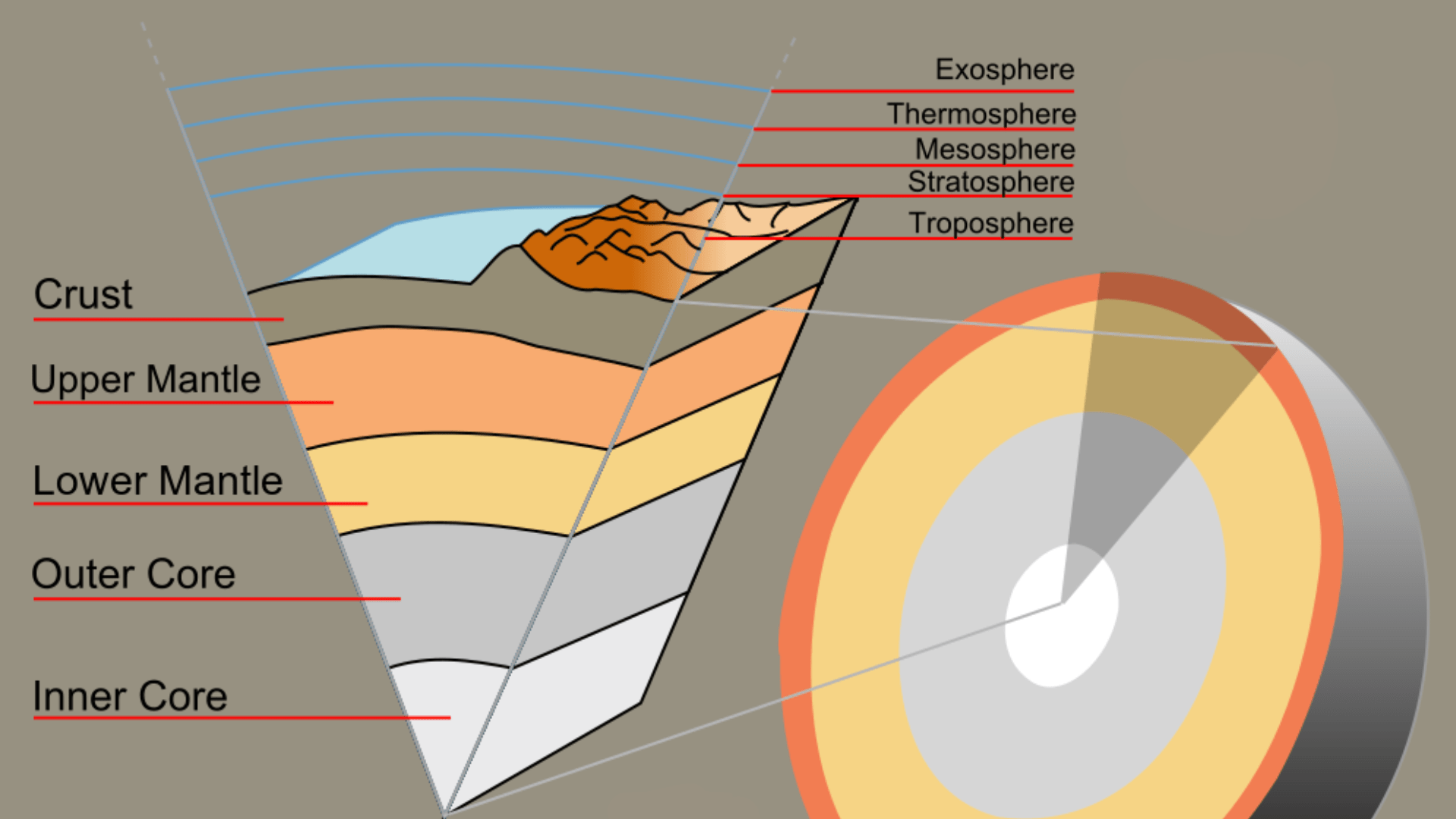
Diamonds have fascinated humans for centuries. These famous jewels are formed deep within the Earth. They are born under extreme pressure and temperature conditions.
They actually originate in the Earth’s mantle, which is the layer between the crust and the outer core. It is in the mantle that carbon atoms crystallize over time to create these precious stones.
The Diamond’s Journey
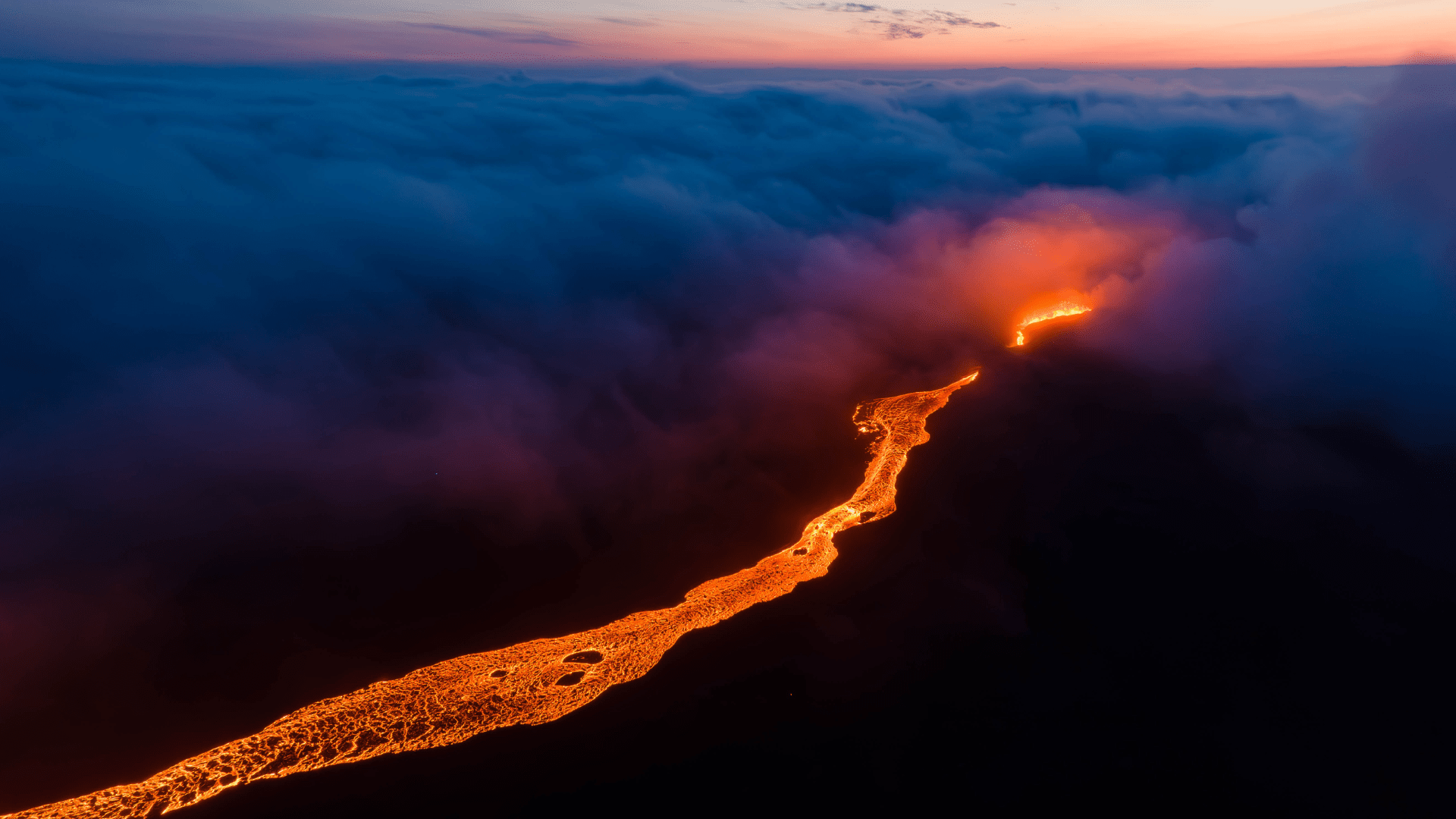
However, the journey of diamonds from the mantle to the surface is far from straightforward. Most diamonds reach the Earth’s surface through volcanic eruptions, surfing the magma upward from the depths below.
This long process is what gives us the diamonds we mine and cherish today.
The Breaking Point
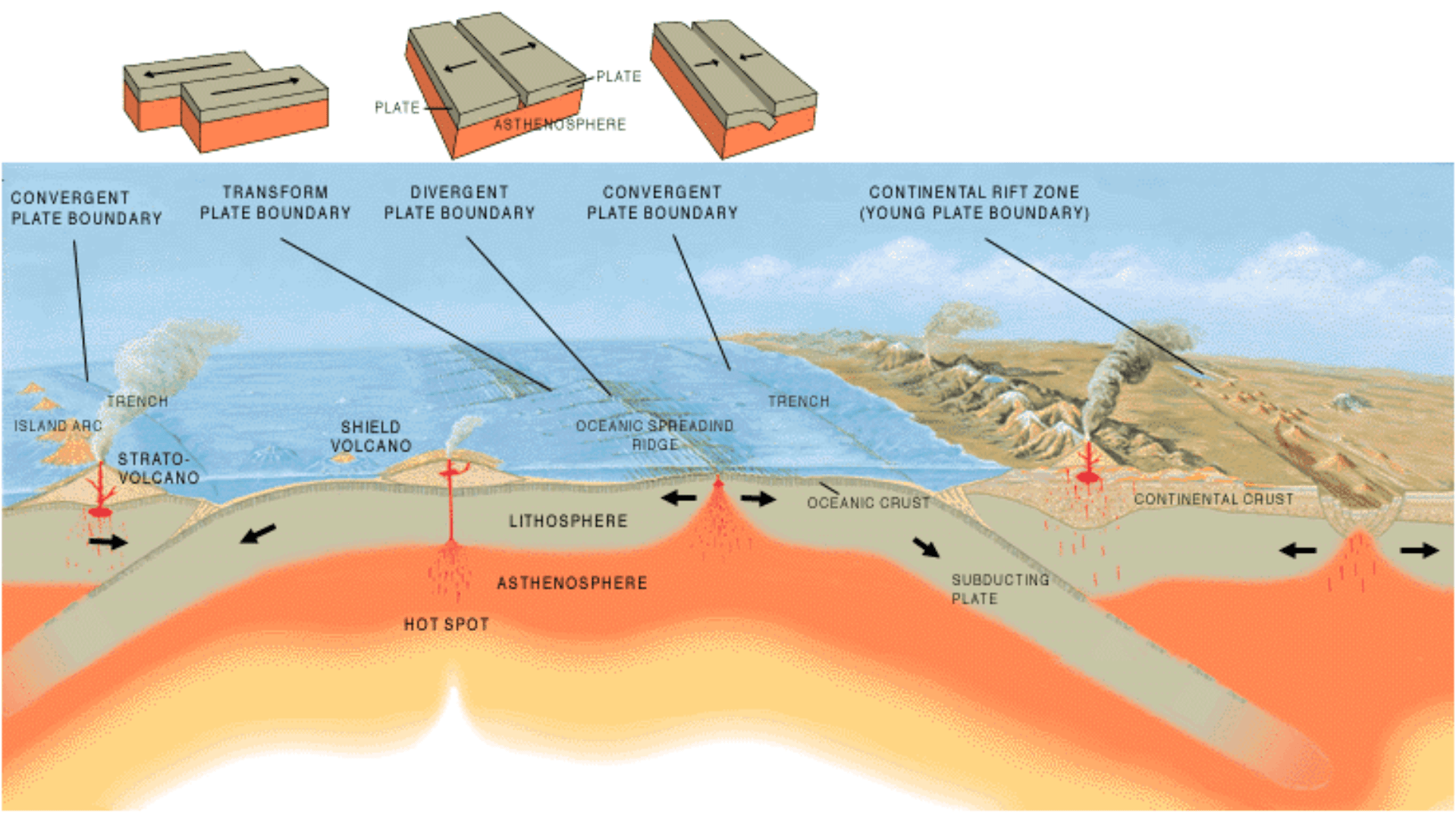
Now, here’s where the real geological spectacle happens. Picture a supercontinent like Pangea, a colossal landmass covering vast regions of our planet. Over time, the Earth’s tectonic plates stress and strain the crust.
All of this movement underneath the Earth’s crust leads to the breakup of this supercontinent. As the plates pull apart, the mantle beneath is exposed, creating a channel for materials from the Earth’s depths to surge through.
Diamond Fountains

This upward movement could potentially include diamond-rich rocks and minerals from the mantle. As these materials ascend, they encounter changes in pressure and temperature, forcing the diamonds within them to crystallize.
The result? An incredible “fountain of diamonds” erupting from the Earth’s crust, an event that would absolutely be as spectacular as it sounds.
A Glimpse Into the Mantle
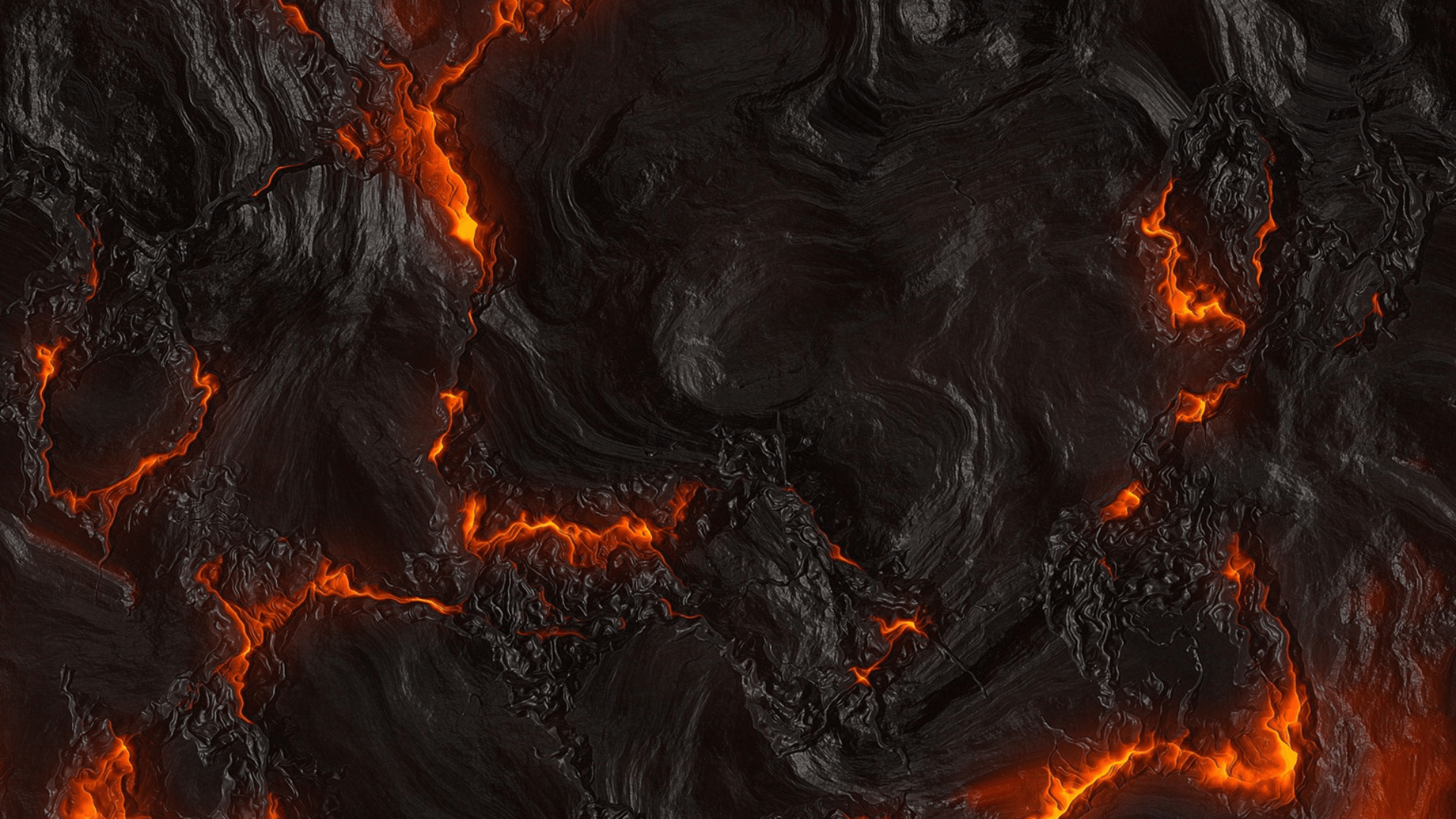
Is this fountain of diamonds grounded in reality, or is it a silly flight of fancy? Let’s turn to the experts and their research to discover the truth behind this geological phenomenon.
Scientists have long been intrigued by what lies beneath the Earth’s crust. A study published in the journal Nature delved far below the crust to explore the composition and movement of materials that might make their way to the surface during tectonic events.
Diamonds on the Move
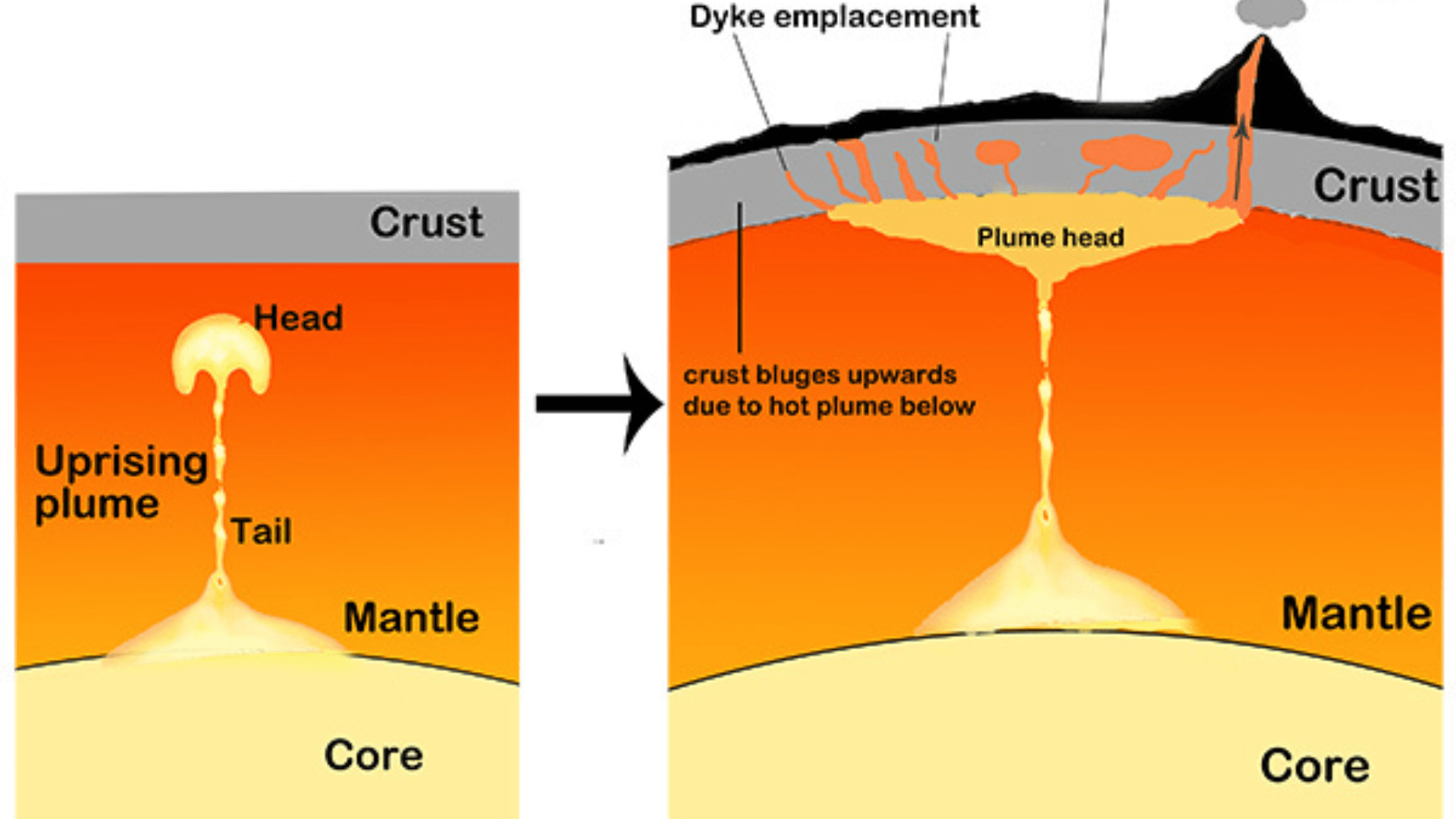
Research conducted by geologists at leading institutions provides insight into the dynamic journey of diamonds within the Earth.
This research suggests that diamonds can indeed travel upwards through the mantle, and the process is influenced by the movements of tectonic plates.
Tectonics and Diamond Formation

In a comprehensive review published in Science Advances, scientists examined the relationship between tectonic plate movements and diamond formation.
The study suggests that the tectonic environment plays a crucial role in the creation and transportation of diamonds, offering potential support to the concept of diamond fountains during supercontinental breakup events.
A Special Mixture Send Diamonds Up
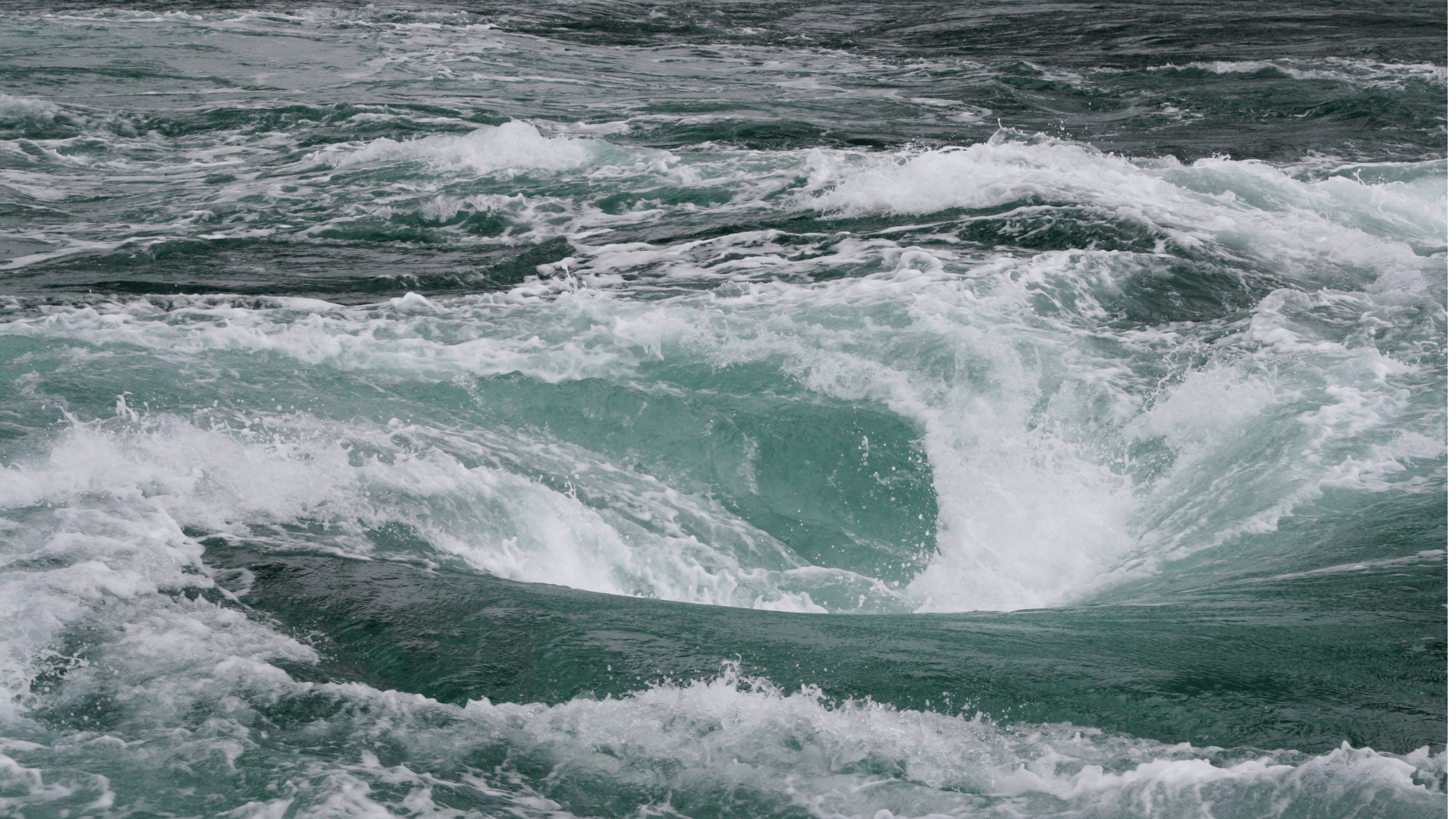
According to researchers, a special mixture of g various rocks, carbon dioxide, and water all combine with diamonds deep in the Earth’s mantle.
This blend of materials creates explosive rushes toward the surface. Researchers hope that they can use the data they’ve collected thus far to help them locate unexplored diamond deposits.
The Search Continues
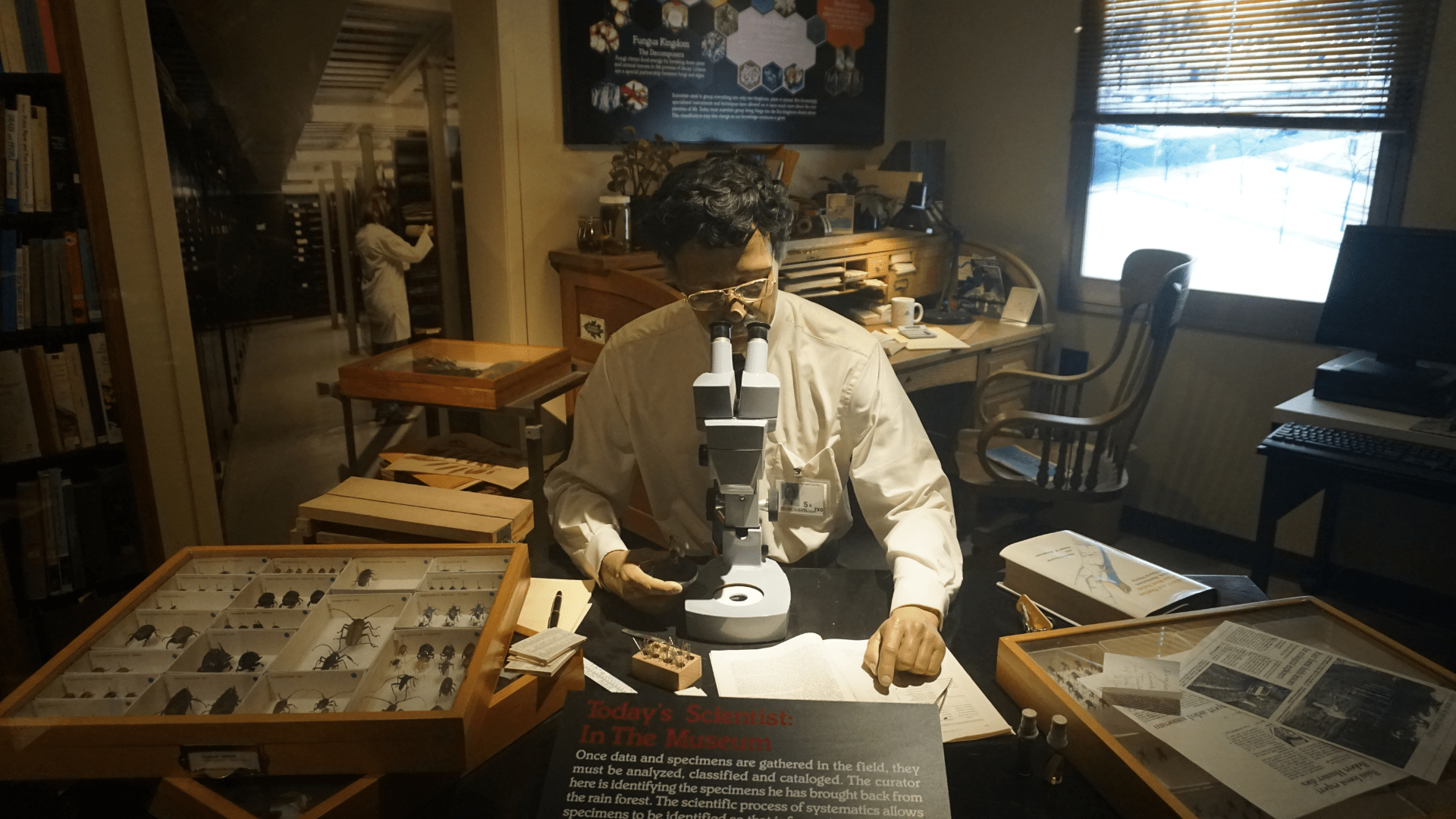
As we venture deeper into the realms of geology and unearth the mysteries beneath our feet, who knows what awe-inspiring sights and discoveries await us.
As researchers search for the locations of these diamond channels through the Earth’s mantels, what wonders might they uncover in the process? Only time will tell!
